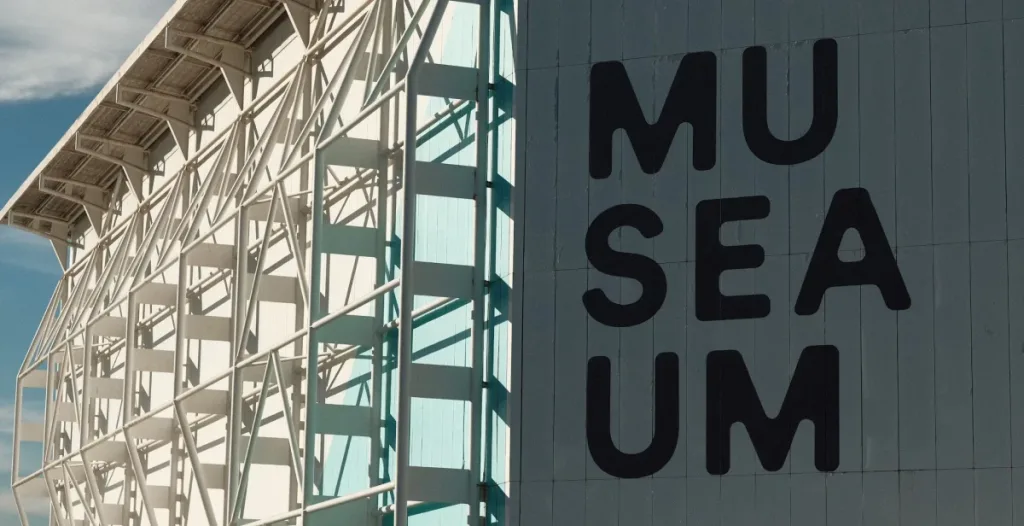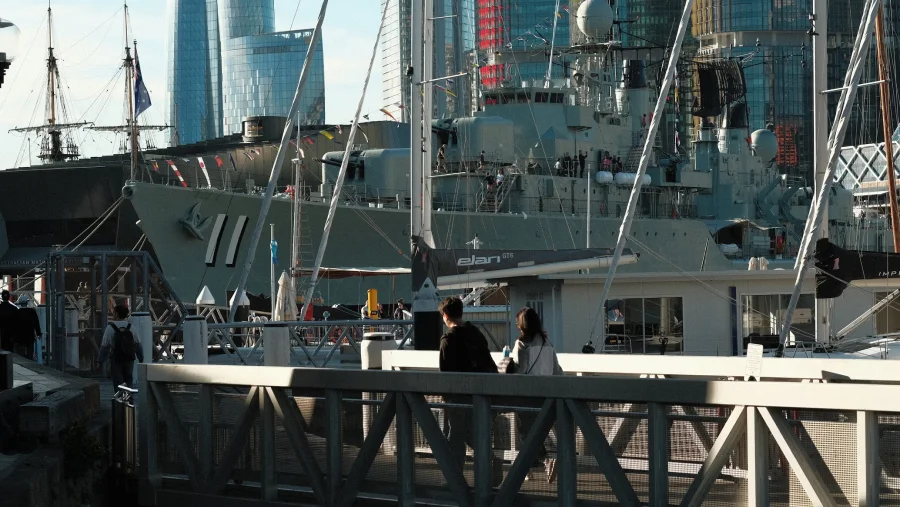Australian National Maritime Museum

About Australian National Maritime Museum
On the Darling Harbour of Australia, a museum is located where ships and maritime equipment are preserved for the general public in the form of exhibitions. The museum’s main purpose was to honor the Australian Aboriginals and preserve the country’s rich culture.
Today, the federally run maritime museum is among the ‘coolest’ places in Australia, according to visitors, and a must-visit for your kids and family members to understand the sea deeply and enjoy a fun outing. Are you ready to dive deep into this mesmerizing and historical place? Here’s all you need to know before you get here.
The museum in Sydney, New South Wales, offers galleries and tours that provide an in-depth understanding of the aquatic world. It provides you with an experience of various forms, including special screenings like ‘Wildlife Photographer of the Year,’ Sydney Harbour Gallery, The Navy Gallery & Action stations, and Visiting vessels, to name a few. It also offers an innovative, fun tour where you can visit vessels and enjoy their humongous structure. It also paid tribute to Royal Naval Officers by preparing ‘Action stations’ in 2014 to honor them with their maritime exhibits on display.
History of the Australian National Maritime Museum
The museum’s construction started in 1988 after the government felt the need to preserve its maritime history and develop a sea culture among the citizens. Philip Cox and Richardson Taylor prepared the design. After many years of construction, the museum opened its doors on 30 November 1991 for the general public.

Tips for your visit to the Australian National Maritime Museum
The Australian National Maritime Museum is a must-visit for people traveling to Australia. If you are planning to visit the amazing museum, we have some tips to make your visit perfect:
- Check the weather before your visit. The museum stops visiting the vessel when the temperature exceeds 36 degrees Celsius.
- The museum has various halls and huge vessels, so to soak it all in during your visit, wear comfortable shoes that will allow you to enjoy the whole trip.
- Carry your hats and sunscreen as the morning turns into noon and sunbathing becomes a little too much.
- There are several volunteers at the museum, and you can ask for a free Australian National Maritime Museum walking tour to understand the intricacies of the sea.
- The shows start at 10 in the morning; for the best experience, visit the earliest before the show and enjoy a hassle-free tour.
- Kids below the height of 90cm are not allowed on vessels. Kindly arrange tours accordingly.
Australian National Maritime Museum Tickets
The tickets are available on the website and at the counter, but it is recommended that you get them beforehand from the website to avoid long queues and last-minute hassle at the museum.
We have mentioned details of the Australian National Maritime Museum ticket prices for your convenience. The ticket to all exhibitions and vessels is AU$25 for grown-ups. It is free for children up to four years old; however, for kids up to 12 years old, the ticket is priced at AU$15. A family pack is available for AU$70. There is a concession for students and pension holders. If you are unwilling to visit the vessels, you don’t have to pay the full price. Your ticket will cost AU$20 only.
How to arrive at the Australian National Maritime Museum
While an Australian National Maritime Museum map can help you navigate the route, we have an easy guide to the routes for easy access. Let’s see how you can get to the museum without hassle.
- Bus: If you are planning to go via bus, board bus number 389 at Bondi Junction and stop right in front of the museum, also called Pyrmont. It is the cheapest way to travel to the Australian National Maritime Museum.
- Train: L1 light train can be accessed to reach the station at Pyrmont Bay, which is located right across the street from the museum, making it an easy and affordable commute.
- Ferry: There are two ferry routes; from Circular Quay, you can take the F4 route to Pyrmore and reach the museum directly, while the F3 route takes you to the Pyrmont Bridge, from where you can enjoy a brisk walk towards the museum.
- Taxi: If you want a hassle-free drive to the museum, you can take a taxi. Fare prices can be steep, so research before booking.
Note: Parking: To avoid the stress of finding a parking spot, you can pre-book a spot online for Wilson parking at 1 St Mary Road.








